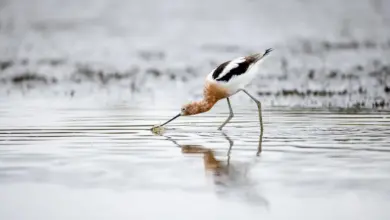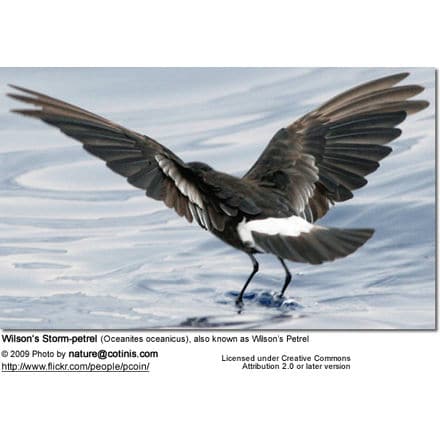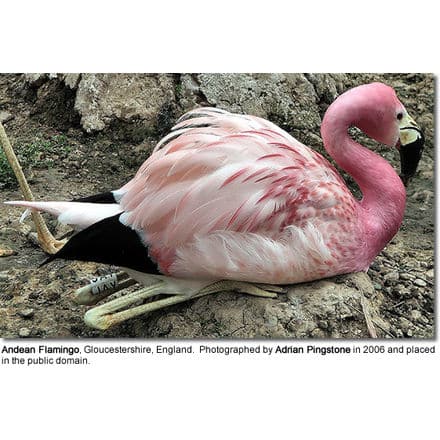Plain Antvireos
The Plain Antvireos, Dysithamnus mentalis, is a passerine bird species in the antbird family. It is a resident breeder in tropical Central and South America from southern Mexico south to northern Argentina and Trinidad and Tobago.
Description
The Plain Antvireos is typically 11.4 cm long and weighs 13.5 g.
The adult male has a slate grey head and upper parts, blackish cheeks, three narrow white wing bars, pale grey underparts, and a white belly.
The female has olive-brown upperparts, a rufous crown, a white eye ring, yellowish-buff underparts, and weakly buff-barred rufous wings. Immature males are much like adult males but have brown edgings to the flight feathers, an olive rump, and yellowish underparts.
Depending on subspecies, there are large variations in the plumage of both sexes, especially in the color of the underparts (yellow to white), the darkness of the face, the amount of olive to the upper parts of the male, and the amount of rufous to the upper parts of the female.
If the nest is approached, an incubating bird will drop to the ground and flutter weakly to distract the potential predator. It then shows a white (male) or buff (female) shoulder stripe which is not normally visible.

Calls / Vocalizations
It has a musical buu-bu-bu-bu-u-u-u song, and calls include a weak man and a questioning bu-u-u-u-u?
Diet / Feeding
This is a common and confiding bird of primary and second-growth forests. The Plain Antvireo feeds like a vireo on small insects and other arthropods taken from twigs and foliage in the lower branches of trees.
It does not often join mixed-species feeding flocks, preferring to keep its distance from other species when attending army ant swarms. It is usually found in pairs or small groups like adults with last year’s young or birds congregating at a special food source.
Breeding / Nesting
Mated pairs are quite territorial and defend a patch of habitat that may be as large as about 7,000 square meters, but sometimes is only half that size.
The female lays two cinnamon-marked white eggs in a small deep cup nest in the lateral fork of a sapling. The eggs are incubated by both parents for 15 days to hatching, with a further 9 days to fledging.
Status
Due to its large range, this species is not considered threatened by the IUCN. It appears to be tolerant of some degree of habitat disturbance and/or human activity.




